
Are headless UI libraries the next big thing?
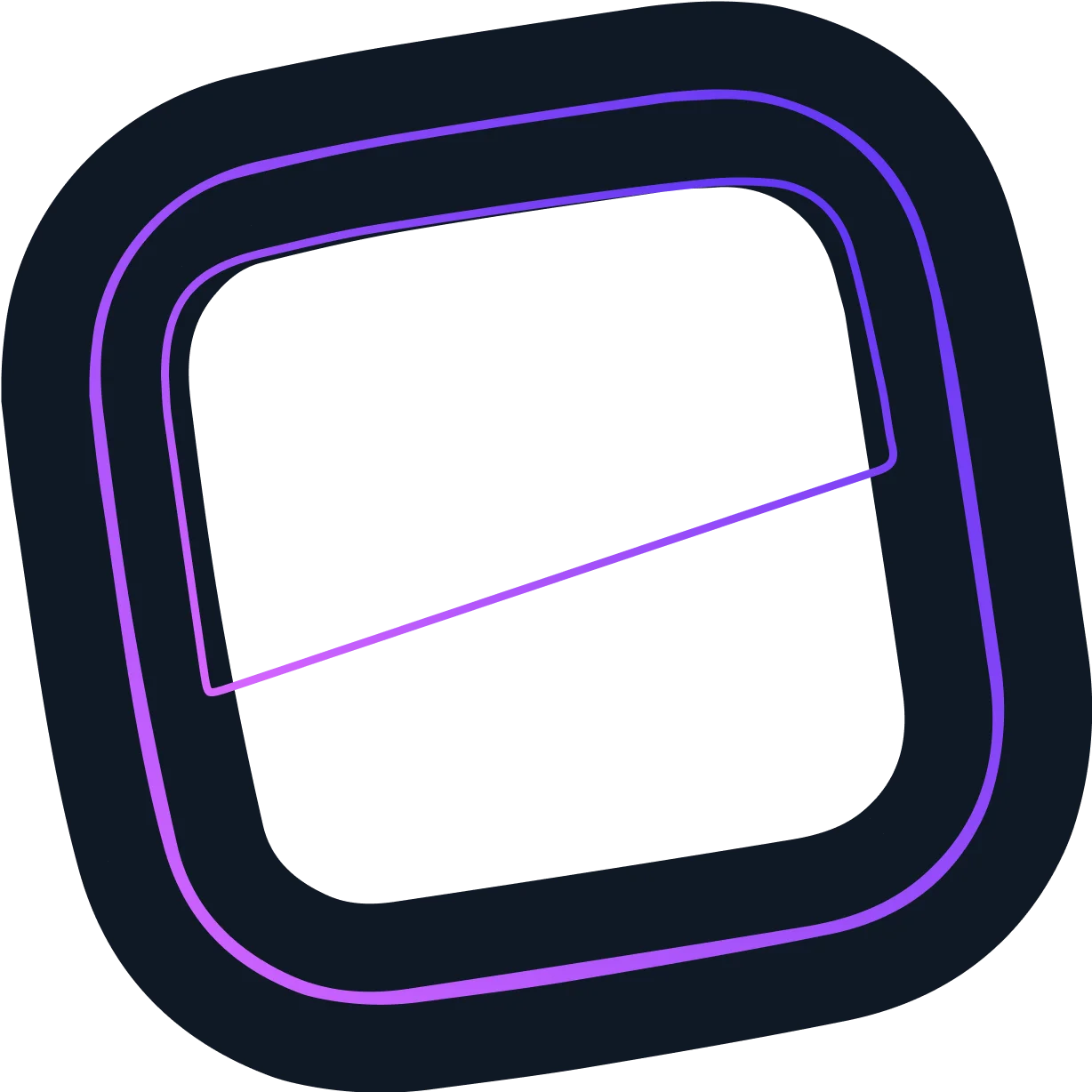
Headless UI libraries are emerging as a significant trend that could redefine how we build and design user interfaces. Unlike traditional UI libraries such as Material UI and Ant Design, which come with built-in styling systems and components, headless UI libraries focus on providing the underlying logic and functionality of components. This approach allows us developers to integrate these components into their own custom designs without being constrained by predefined styles. As web applications demand more flexibility and personalization, headless UI libraries offer a compelling solution by separating concerns and enabling greater creative freedom.
Key Advantages of Headless UI Libraries:
- Separation of Functionality and Design
- Flexibility and Customization
- Performance Optimization
- Enhanced Accessibility
- Future-Proofing
In addition to performance benefits, headless UI libraries play a significant role in ensuring future-proofing. As web development trends continue to evolve, having a flexible foundation that separates design from functionality makes it easier to update, maintain, and scale applications over time. With no reliance on rigid design systems or outdated CSS frameworks, developers can easily adapt their interfaces to new design trends, technologies, or project needs without having to rewrite the core functionality of their components. This adaptability not only helps in long-term maintenance but also prepares projects for a rapidly changing technological landscape, where the emphasis on personalized, accessible, and high-performance user interfaces will likely become even more pronounced.
One of the most important aspects of headless UI libraries is their ability to streamline the development process while maintaining a high degree of customization. UI developers can use these libraries to handle complex interactions and behaviors, such as modals, dropdowns, and tooltips, without having to struggle or switch to heavy libraries. This modular approach not only accelerates development but also makes sure that components can be seamlessly integrated into various design systems and specific themes. By focusing on the functional aspects of UI components, headless libraries enable developers to build interfaces that align with the branding of their projects.
These libraries offer great flexibility, allowing you to create custom designs while maintaining accessible and high-quality functionality.
Important Headless UI libraries for your reference:
Radix UI:
- 100% accessible by screen readers
- Fully compliant with ARIA guidelines
- Provides unstyled components with accessibility features built-in
- Modular and lightweight
- Provides cross-browser compatibility
Reach UI:
- Accessible component library designed with a focus on modern browsers
- Tested with Safari, Firefox, and Edge
- Helps developers create components that are optimized for accessibility while maintaining design flexibility
- Unstyled primitives for better customization
- Rich interactive components
Shadcn UI:
- Flexible tailwind based design system Support for inbuilt dark mode Utilizes modern development practices like Zod and Tanstack
Here are a few more commonly used libraries:
- Headless UI: A library developed by Tailwind Labs that provides completely unstyled, accessible UI components like modals, tabs, and dropdowns, designed to work seamlessly with frameworks like React and Vue.
- React Aria: A library that provides React hooks for building accessible UI components like sliders, menus, modals, and more, without styles.Website: react-spectrum.adobe.com/react-aria
As we look to the future, the adoption of headless UI libraries is likely to grow as developers seek more flexible and efficient ways to create custom-themed user interfaces and completely avoid predefined styling. These libraries align with modern development practices that prioritize modularity and reusability. As the web continues to evolve, headless UI libraries help developers to push the boundaries of design and functionality while keeping their workflows agile and streamlined.
Interested in Learning More About x-enabler Book a One-to-One Personalized Call
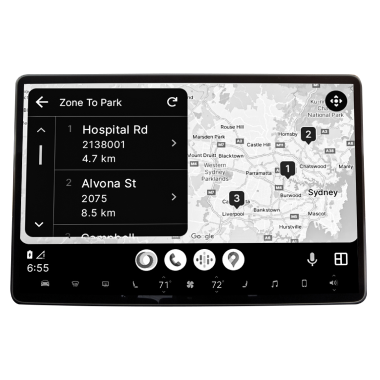
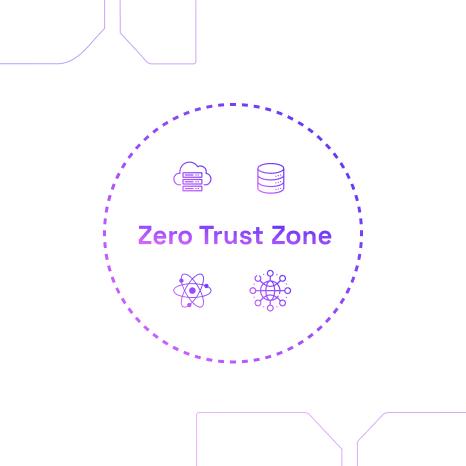
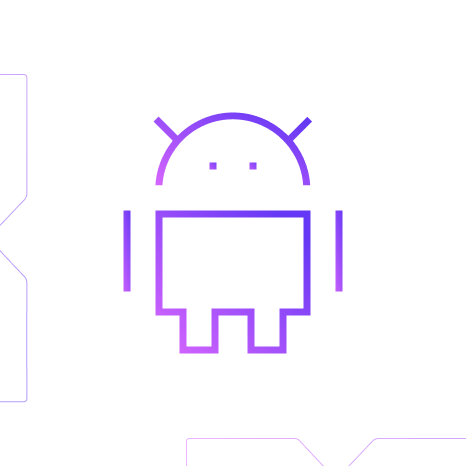
Leave a comment!